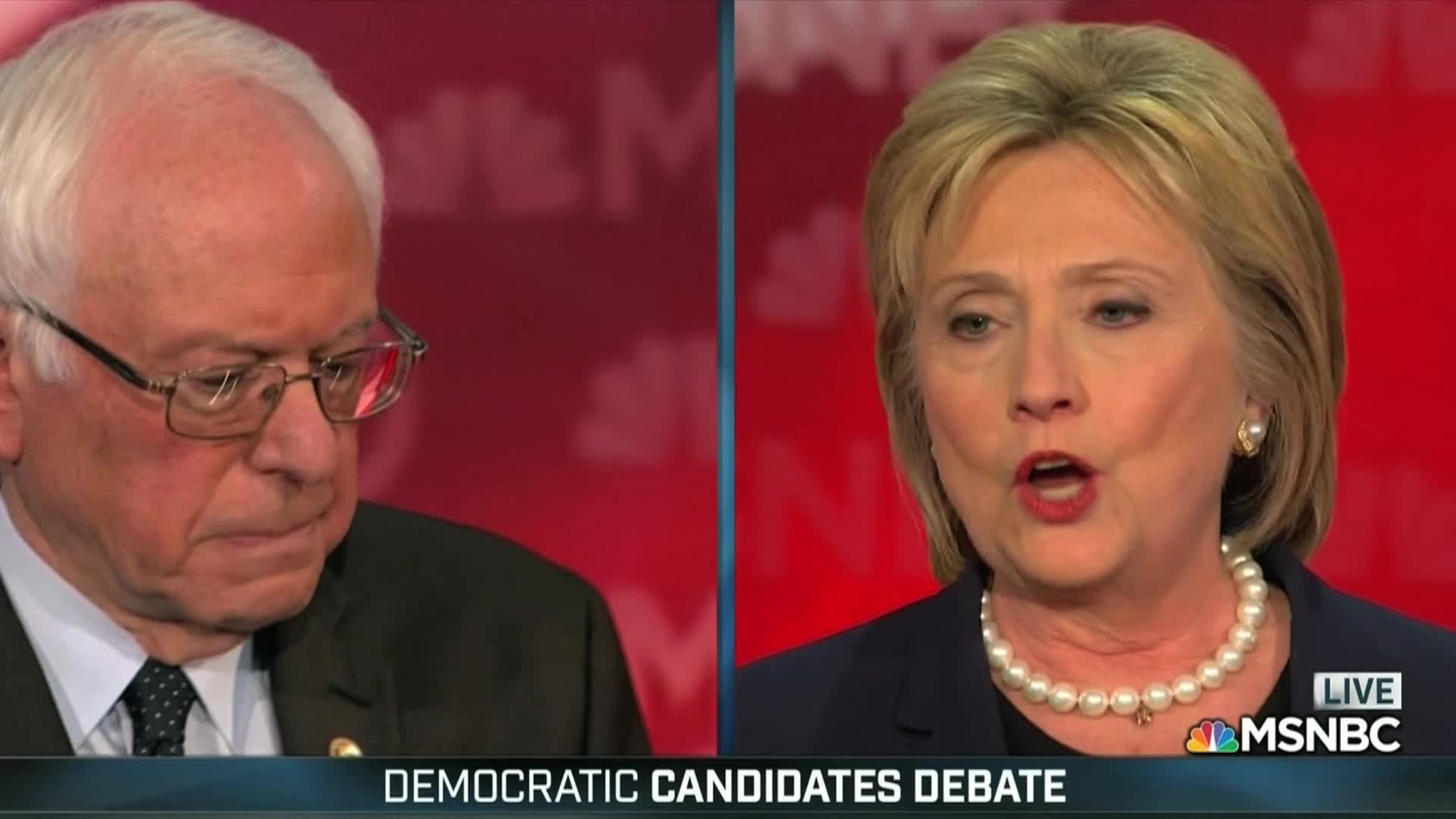Will America stick with Colombia in peace, as it did in war?

American aid was crucial in helping Colombia defeat a decades-long insurgency. The question is what the US should do now.
After 15 years and $10 billion, the United States aid program known as Plan Colombia has helped put the country on the verge of peace for the first time in more than half a century.
The Colombian government is in the final stages of peace negotiations with rebels from the FARC, the last major guerrilla group fighting in Colombia’s war. The two parties are expected to sign a final peace accord at the end of March.
So as Colombian President Juan Manuel Santos takes a victory lap in Washington this week, the question is: What is Washington’s role now?
Mr. Santos wants to keep the money flowing. But there are questions about whether an aid program built to defeat a rebel insurgency can be changed to consolidate peace.
Not everyone is confident that it can. But the price of not trying could be worse, some say.
At a time when the US is trying to help other states on the verge of failure, its decade-and-a-half partnership with Colombia is an important example of when intervention worked, some regional experts say. If the US can get the next phase right, and help prevent backsliding, they add, it could send a positive message.
“Colombia has been a success story, and there haven’t been too many of those recently, if you look at Iraq and Afghanistan and so forth,” says Michael Shifter, president of the Inter-American Dialogue in Washington. “So in the future, in other circumstances where the opportunity or need for collaboration presents itself, I think [the US] wants to be able to point to this as a collaboration that worked.“
In recent years, annual US assistance to Colombia has been in the $300 million range, down from a high of $1 billion in the darkest years when, as even Santos acknowledges, Colombia was on the verge of becoming a failed state.
Obama is expected to propose increasing annual assistance to $500 million. But the path for shifting from what has largely been a security and drug-interdiction program – with emphasis on building the Colombian armed forces – is not obvious.
Even Santos joked at one of his Washington stops Wednesday that Plan Colombia has left his country in possession of the second-largest fleet of Black Hawk helicopters in the world (after the US, of course).
Some longtime critics of Plan Colombia and its military emphasis say the US has the opportunity to help heal the country’s deep social divides – returning Colombians displaced by war to their homes and achieving justice for the war’s victims, for instance.
The years of Plan Colombia have corresponded with a rise in human rights abuses, note the Washington Office on Latin America (WOLA) and the Latin America Working Group Education Fund.
“The coming years will give the United States a chance to improve on [past] failures,” the two groups said in a joint statement.
US assistance should now focus on improving human rights and labor rights for minority and indigenous communities, extending services and education to “neglected” areas of the country, and encouraging the US-trained armed forces to transition away from a focus on internal security to external defense.
The two groups also want the US to encourage the Colombian government to press for a peace deal with the last holdout from the peace process, the ELN guerrilla group.
But others say it is unlikely the US will completely shift away from drug interdiction efforts. Colombia remains the world’s largest producer of coca, the raw material for cocaine, and the country’s coca production is rising. Santos repeatedly underscores the threat of organized crime taking over the drug trade the FARC once controlled.
“I sense an openness in Washington to shifting the emphasis [of US aid] from what it has been, but as Santos said, there are still serious problems” in the areas that Plan Colombia traditionally addressed, says Mr. Shifter of the Inter-American Dialogue.
Beyond that, he adds, is the pressure to use that money for other needs.
“The US has stood with Colombia for 15 years,” Shifter says. “With everything else that’s going on in the world and all the priorities the US has to juggle, I just don’t know how long this [support] can last.”
Политика конфиденциальности | Правила пользования сайтом









